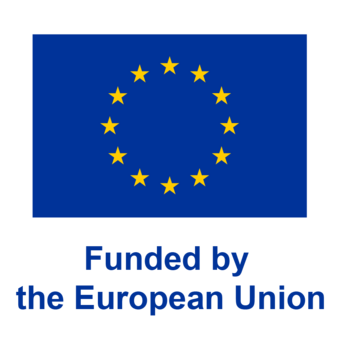Univ.-Prof. Dr. Sofia Grade

The adult brain of mammals has limited ability to regenerate. Yet, neurological disease and acute injuries trigger cellular and subcellular processes that confer plasticity to neuronal networks. This response can maintain circuit function and mask chronic disease in early stages. Also, it can partially rescue circuit function and behavioral deficits resulting from acute injuries, such as stroke and brain trauma. Our research aims to understand the cellular and circuit mechanisms that underlie these adaptive responses to disease. In addition, we investigate the potential of stem cell transplantation to reconstruct neuronal circuits. To gain insights into the requirements and regulators of neuronal integration into existing circuits, we study adult neurogenesis. In sum, our work focuses on neuronal connections, a key substrate to proper brain function: we explore how the brain connectome is altered by disease and whether it can be repaired by endogenous or exogenous sources of neurons.
Focal points of interest
We collaborate with various research groups within the CoE to address the following questions:
- Neuronal integration in circuits: regulation by the microenvironment: In collaboration with developmental neurobiologists in the CoE, we will leverage the power of cell transplantation to explore the influence of extrinsic factors in cell fate specification and connectivity established by GABA neurons during brain development. Transplantation of GABA progenitors of different origins (GEs and PoA) in their normal destination sites or ectopic locations will be compared and followed by molecular analyses to identify microenvironmental cues that (re)define the outcomes.
- Plasticity of GABA circuits after brain injury: Using mouse models of traumatic brain injury (TBI), we will explore whether an injury extends synaptic plasticity windows in adult-born GABA neurons. Additionally, we will study larger-scale structural modifications in the diseased connectome, either by incorporation of new GABA neurons in existing circuitries, or by modifying the connections between developmentally-born populations. We aim to elucidate how these dynamic processes shape brain function and provide resilience during disease.
- Decoding the molecular requirements for regeneration: Together with the Tanaka and Adameyko labs we will intersect omics data obtained from regenerative (axolotl) and non-regenerative (mouse) species in respective models of brain injury, as well as from mouse neurogenic niches, where addition/replacement of new GABA neurons is a constant biological process. The cross-species comparison will illuminate inhibiting and permissive factors for neurogenesis and neuronal integration.
Technical proficiency and instrumentation
In our laboratory at the Institute of Molecular Biotechnology (IMBA), we use mouse models of traumatic brain injury and modern neuroscience technologies to study circuit repair and plasticity. We perform cell transplantation in the postnatal and adult brain, genetic lineage tracing, cellular birth dating and TRAP mapping. We combine circuit tracing with tissue clearing and whole-brain imaging by light-sheet microscopy, and leverage semi-automated workflows for registration of image data to the mouse brain reference atlas. To investigate circuit physiology and animal behavior we perform large-scale recordings in multieletrode arrays (MEA) and mouse behavior tests, respectively. Currently we are establishing approaches to manipulate neural circuits and single cell sequencing from brain tissue. As an IMBA group we have access to state-of-the-art facilities that support our research including advanced microscopy, next-generation sequencing, proteomics, histology and preclinical phenotyping.
Aspirations for the next 5 years
We aim to determine if the tissue microenvironment contributes to GABAergic diversity and to shaping afferents and efferents of the developing neuron. On a higher level our findings will elucidate connectivity rules, and how deterministic or redundant are early molecular programs of cellular identity. Also, we will uncover the magnitude of functional reorganization in the injured brain, and the role of neurogenesis and axon rewiring in adaptive responses. We will generate valuable molecular insights for the field of CNS regeneration and utilize loss/gain of function studies to foster regenerative processes in mammals.
References
- Thomas J, Martinez-Reza MF, Thorwirth M, Zarb Y, Conzelmann KK, Hauck SM, Grade S*, Götz M* (2022) Excessive local host-graft connectivity in aging and amyloid-loaded brain. Science Advances 8(23):eabg9287. *co-lead authors.
- Grade S, Thomas J, Zarb Y, Thorwirth M, Conzelmann KK, Hauck SM, Götz M (2022) Brain injury environment critically influences the connectivity of transplanted neurons. Science Advances 8(23):eabg9445.
- Falkner S*, Grade S*, Dimou L, Conzelmann KK, Bonhoeffer T, Götz M†, Hübener M†. (2016) Transplanted embryonic neurons integrate into adult neocortical circuits. Nature 539(7628):248-253. doi: 10.1038/nature20113. *co-first authors, †co-lead authors.





